What is PANIC?
To understand panic, we need to understand fear. Think about what would happen to you if a dangerous animal approached you. For most people it would be panic stations! You, would go through a whole series of bodily changes, like your heart pumping, breathing faster, sweating, all in order to respond to the danger in front of you. These enable us to either run for our lives or become sufficiently ‘pumped up’ to physically defend ourselves. This fight or flight response is an important survival mechanism.
Sometimes, however, it is possible to have this intense fear response when there is no danger – it is a false alarm that seems to happen when you least expect it. It is like someone ringing the fire alarm when there is no fire! Essentially, a panic attack is a false alarm.
Many people experience some mild sensations when they feel anxious about something, but a panic attack is much more intense than usual. A panic attack is usually described as a sudden escalating surge of extreme fear. Some people portray the experience of panic as ‘sheer terror’. Let’s have a look at some of the symptoms of a panic attack:
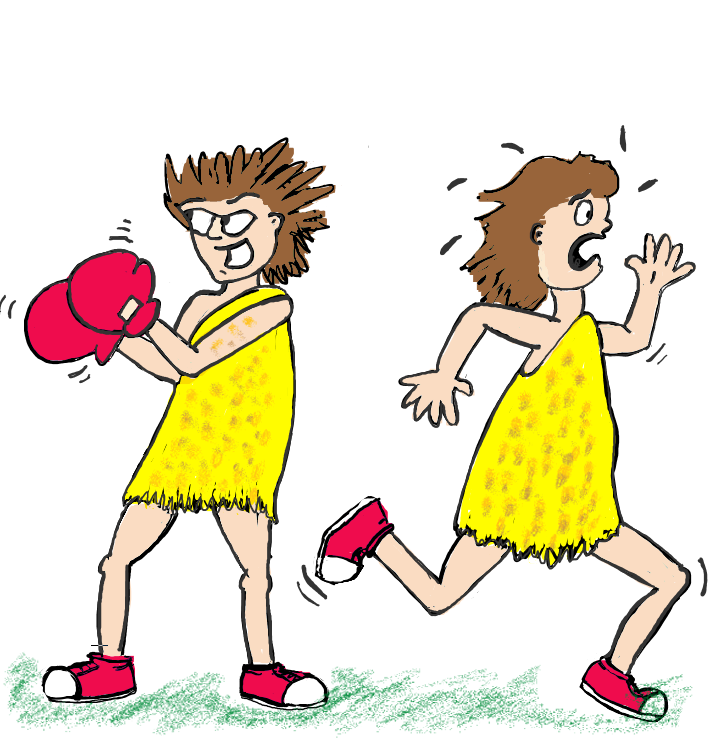
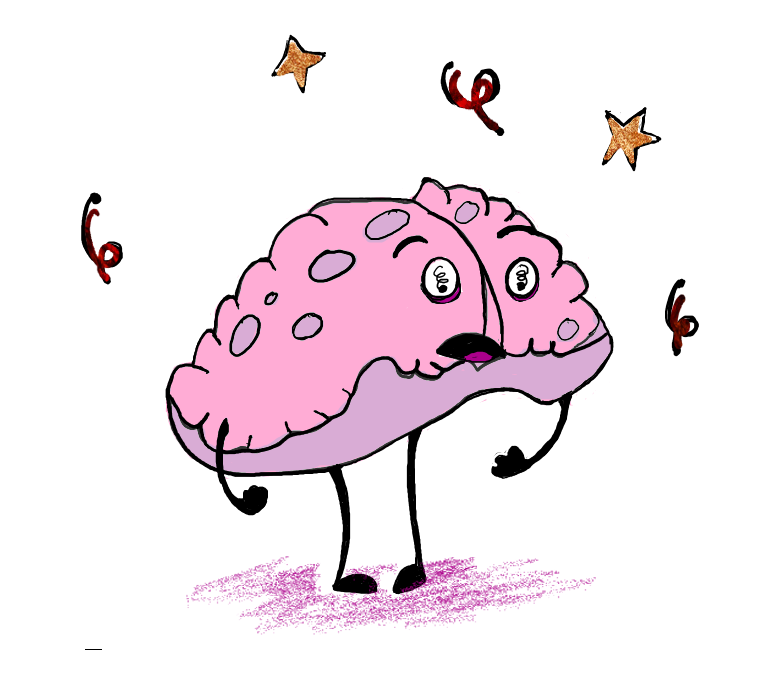
Panic Attack Symptoms
- Skipping, racing or pounding heart
- Sweating
- Trembling or shaking
- Shortness of breath or difficulty breathing
- Choking sensations
- Chest pain, pressure or discomfort
- Nausea, stomach problems or sudden diarrhoea
- Dizziness, light-headedness, feeling faint
- Tingling or numbness in parts of your body
- Hot flushes or chills
- Feeling things around you are strange, unreal, detached, unfamiliar, or feeling detached from body
- Thoughts of losing control or going crazy
- Fear of dying
As you can see from the list, many of the symptoms are similar to what you might experience if you were in a truly dangerous situation.
A panic attack can be very frightening and you can feel a strong desire to escape.
Characteristics of a Panic Attack
- It peaks quickly – between 1 to 10 minutes.
- The initial attack is usually described as “coming out of the blue”, although can become associated with specific situations over time.
- The attacks are recurrent.
- During an attack the person experiences a strong urge to escape to safety.
Many people believe that they may faint whilst having a panic attack. This is highly unlikely because the physiological system producing a panic attack is the opposite of the one that produces fainting.
Sometimes people have panic attacks that occur during the night when they are sleeping.
They wake from sleep in a state of panic. These can be very frightening because they occur without an obvious trigger.
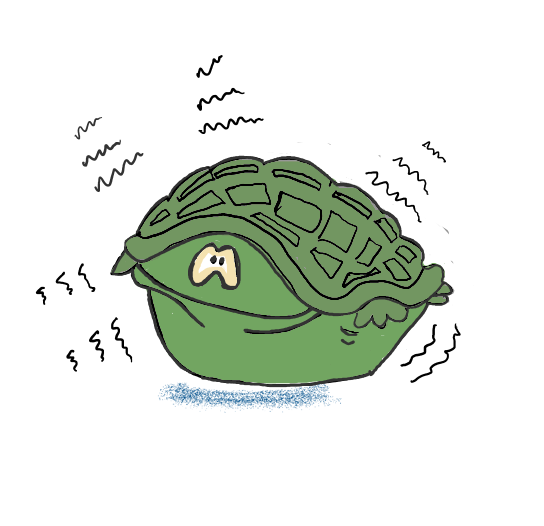
Panic Disorder and Agoraphobia
Someone with panic disorder has a persistent fear of having another attack or worries about the consequences of the attack. Many people change their behaviour to try to prevent panic attacks. Some people are affected so much that they try to avoid any place where it might be difficult to get help or to escape from. When this avoidance is severe it is called agoraphobia.
Panic Disorder is more common than you think. A recent study reported that 22.7% of people have reported experience with panic attacks in their lifetime. * These numbers equate to millions of people worldwide. If left untreated, panic attacks may become accompanied by depression, other anxiety disorders, dependence on alcohol or drugs and may also lead to significant social and occupational impairment.* Archives of General Psychiatry. 2006; 63:415-424
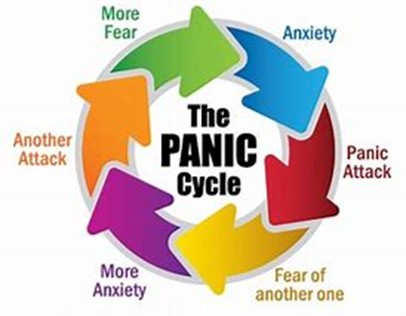
Biology of PANIC
Panic attacks can be seen as a blend of biological, emotional & psychological reactions. The emotional response is purely fear. The biological & psychological reactions are described in more detail below.
Biological Reactions: Fight or Flight
As previously discussed, our bodies are designed to physically respond when we believe a threat exists, in case we need to either run away, or defend ourselves. Some of these changes are:
- An increase in heart rate and strength of heart beat. This enables blood and oxygen to be pumped around the body faster.
- An increase in the rate and depth of breathing. This allows more oxygen to be taken into the body.
- An increase in sweating. This causes the body to become more slippery, making it harder for a predator to grab, and also cooling the body.
- Muscle tension in preparation for fight/flight. This results in subjective feelings of tension, sometimes resulting in aches and pains and trembling and shaking.
When we become anxious and afraid in situations where there is no real danger, our body sets off an automatic biological “alarm”. However, in this case it has set off a “false alarm”, because there is no danger to ‘fight’ or run from.
Biological Reactions: Hyperventilation & Anxious breathing
When we breathe in we take in oxygen that is used by the body, and we breathe out carbon dioxide. In order for the body to run efficiently, there needs to be a balance between oxygen and carbon dioxide. When we are anxious, this balance is disrupted because we begin to over breathe. When the body detects that there is an imbalance, it responds with a number of chemical changes.
These changes produce symptoms such as dizziness, light-headedness, confusion, breathlessness, blurred vision, increased heart rate, numbness and tingling in the extremities, clammy hands and muscle stiffness. For people with panic, these physiological sensations can be quite distressing, as they may be perceived as being a sign of an oncoming attack, or something dangerous such as a heart attack. However these are largely related to over breathing and not to physical problems. 
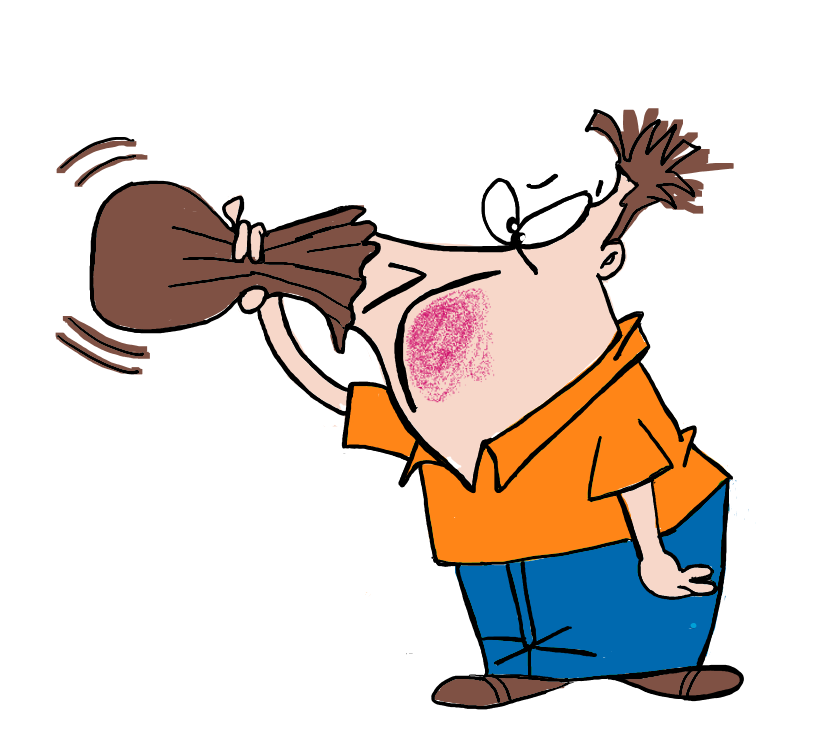
Psychology of PANIC
Thinking associated with Panic
We’ve described the physical symptoms of panic. People who panic are very good at noticing these symptoms. This is known as hypervigilance. They constantly scan their bodies for these symptoms. Once they have noticed the symptoms they are often interpreted as signs of danger. This can result in people thinking that there is something wrong with them, that they must be going crazy or losing control or that they are going to die.
There are a number of types of thinking that often occur during panic, including:
- Catastrophic thoughts about normal or anxious physical sensations (eg. “My heart is skipped- what’s wrong with it!”)
- Over-estimating the chance that they will have a panic attack (eg. “I’ll definitely have a panic attack if he tells me off”)
- Exaggerating the effect of having a panic attack: thinking that the consequences will be very serious or very negative.
Behaviours That Keep Panic Going
When we feel anxious or expect to feel anxious, we often act in some way to control our disquiet. One way you may do this is by keeping away from situations where you might panic. This are called ‘avoidance behaviours’, and can include:
- Situations where you’ve had panic attacks in the past.
- Situations from which it is difficult to escape.
- Emotional situations or physical activities which might result in similar feelings, such as drinking coffee, or getting angry.
A second response may be to behave differently, or to use ‘safety behaviours’. For instance, you might locate the nearest an escape route or ensure that you are next to a wall. Subtler methods may include seeking reassurance, or distracting yourself by say, listening to music. Although this may not seem harmful to begin with, if you become dependent on these behaviours you can become even more distressed if one day it’s not possible to use them.
PANIC physical signs
Panic Maintained
Some factors that are an important part of why panic is maintained are:
- Thinking styles, such as catastrophic thinking. Panic sensations are interpreted as signalling something terrible, such as a medical emergency.
- Focus on bodily sensations. Monitoring your body for symptoms means that you are especially sensitive to the sensations, even when those changes are normal.
- Avoidance. As a result of this fear of experiencing a panic attack, you avoid certain situations induce panic responses.
Whilst avoidance and checking might seem natural and reasonable, if you don’t experience these sensations, you won’t give yourself any real evidence about one important thing: Panic sensations are not harmful.
One way to do this is to experience the physical sensations that you are afraid of. Repeatedly exposing yourself so that you become used to the feeling will gradually reduce your anxiety. In the future you will be less likely to react and monitor your body for signs and, by doing it over and over again, it becomes easier each time.
Tasks to try out
Using a timer, try each of thes tasks, designed to produce particular physiological responses:
- Hyperventilation Breathe deeply & quickly through the mouth using as much force as you can for 1 minute
- Shaking head. Shake your head from side to side while keeping your eyes open. Be careful with your neck. After 30 seconds, look straight ahead.
- Head between legs. While sitting in a chair, place your head between your legs. After 30 seconds, stand upright quickly.
- Running in place/run up steps. Run/Step up and down quickly, maintaining a quick pace
- Maintain muscle tension. While sitting in a chair tense/tighten all of your muscles for 1 min.
- Hold your breath. Take a deep breath and hold it for 30 sec or as long as you can.
- Spinning. Use a swivel chair to spin around as quickly as possible for 1 min.
- Breathe through a straw. Use a narrow straw to breathe, whilst holding your nose closed, for 1 min.
- Chest breathing. Take a deep breath until your chest is “puffed up”, then take short, sharp breaths, breathing just from your chest.
- Stare at a spot. Stare at spot on a blank wall, or at a mirror, without shifting your gaze, for 1.5 min.
Decide which tasks are most relevant to your experience of panic.
Facing Your Fears also gives advice on how to combat such anxiety in stages.
And remember, if you need any extra support, contact the college counselling service.